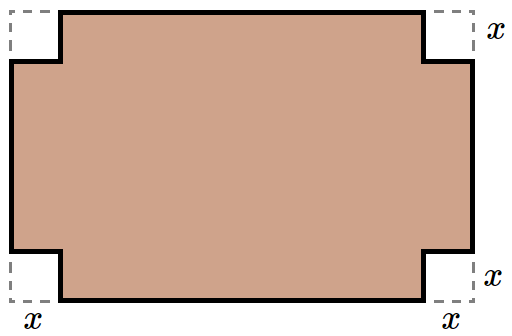
(a)
(b)
(c)
(a)
(b)
(c)
(a)
(b)
(c)
(d)
(e)
(a)
(b)
(c)
(d)
(a)
(b)
(c)
(d)
(a) Using GDC find zeros.
(b) Using GDC find
(c) Using GDC find extreme points (maxima and minima).
Solutions: (a) zero:(a) Draw the graph of this polynomial.
(b) Write down zeros.
(c) Calculate
(d) Find extreme points (maxima and minima).
Solutions: (b) zero:(a) Find
(b) Draw the graph of this polynomial.
(c) Write down zeros.
(d) Find all values of
(e) Find extreme points (maxima and minima).
Solutions: (a)(a) Find
(b) Draw the graph of this polynomial.
(c) Write down zeros.
This polynomial can be written as
(d) Find
(a) Find
(b) Draw the graph of this function.
(c) Write the coordinates of extreme points.
Solutions: (a)(a)
(b)
(c)
(a)
(b)
(c)
(d)
(a)
(b)
(c)
(a)
(b)
(c)
(a)
(b)
(c)
(a) write down the zero, vertical asymptote and horizontal asymptote,
(b) draw the graph,
(c) write the domain and range.
Solutions: (a) zero:(a) write down the zero, vertical asymptote and horizontal asymptote,
(b) draw the graph,
(c) write the domain and range,
(d) find
(a) Draw the graph.
(b) Find zeros, vertical asymptotes and horizontal asymptote.
(c) Find the point where the graph intersects the horizontal asymptote.
Solutions: (b) zero(a) Draw the graph.
(b) Find zeros, vertical asymptotes and horizontal asymptote.
(c) Find the point where the graph intersects the horizontal asymptote.
(d) Find the extreme points.
Solutions: (b) zero(a) Draw the graph.
(b) Find zeros, vertical asymptotes and horizontal asymptote.
(c) Find the extreme points.
Solutions: (b) zero(a) Draw the graph.
(b) Find zeros, vertical asymptotes and horizontal asymptote.
(c) Find the extreme points. Round the coordinates to three decimals.
Solutions: (b) zero(a) Draw the graph.
(b) Find zeros, vertical asymptotes and horizontal asymptote.
(c) Hence or otherwise, find the limit:
(a) Draw the graph.
(b) Find zeros, vertical asymptotes and horizontal asymptote.
Solutions: (b) zeros(a) Draw the graph.
(b) Write down vertical asymptotes and horizontal asymptote.
(c) Write down zeros (using GDC).
(d) Find the zeros algebraically and write down the exact values.
Solutions: (b) vertical asymptotes(a) Write down the horizontal asymptote.
The line
(b) Find the value of
(c) Draw the graph of this function.
Solutions: (a) horizontal asymptote(a) Write down the horizontal asymptote.
(b) Find the value of
(c) Find the
 We have a rectangular piece of cardboard with dimensions
We have a rectangular piece of cardboard with dimensions (a) Write the volume of this box as a function of
(b) Draw this function in a coordinate system with appropriate units.
(c) Find the value of
(d) Write down the maximal volume (in
(a) Draw this function in a coordinate system with appropriate units.
(b) Find the value of
(c) Write down the maximal concentration (in
(d) When is the concentration equal to one half of the maximal value? Write the time in hours and minutes.
Solutions: (b)(a) Draw the values as points in a coordinate system with appropriate units.
(b) Find an appropriate function
(a) Draw the values as points in a coordinate system with appropriate units.
(b) Find an appropriate function
